Termites are small but mighty creatures known for their destructive impact on wooden structures. They feed on cellulose, a component found in wood, causing severe damage to buildings, crops, or plantation forests. While they may seem insignificant, they can lead to extensive damage, making them one of the most economically important pests. To help you address this potential problem, this post is dedicated to educating readers about the importance of guarding against termites and providing practical strategies to do so.
Understanding Termites
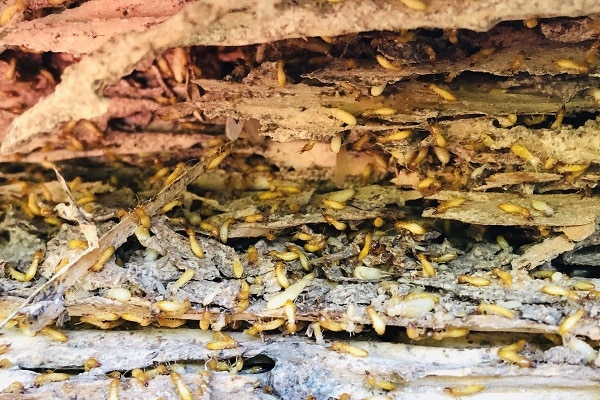
Termites, often incorrectly called ‘white ants,’ are insects belonging to the order Isoptera. Despite their small size, they are known for their ability to chew through wood, flooring, and even wallpaper undetected. Understanding the biology, life cycle, and behavior of termites can give you insights into their destructive tendencies. For instance, they live in colonies and can have populations in the millions, with a queen termite capable of laying thousands of eggs per day.
There are several common types of termites, including the subterranean, drywood, and dampwood termites. Subterranean termites, the most destructive type, live in the soil and build the largest nests. They connect their nests to food sources through mud tubes. On the other hand, drywood termites live in the wood they consume and are commonly found in attic spaces. Dampwood termites, as their name suggests, prefer moist wood and are less likely to invade residential structures.
Identifying Termite Infestations
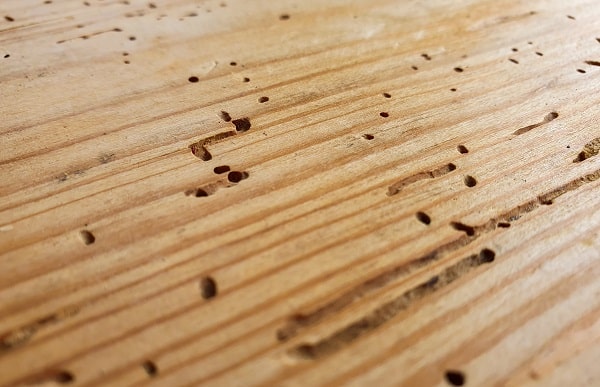
Early detection of a termite infestation can save homeowners substantial repair costs. Key signs of termite activity include structural damage to wood, mud tubes on walls, floors, or ceilings, and discarded wings near doors or windows. You may also notice signs of swarmers, which are reproductive termites that leave the colony to form new ones. If you see any of these signs, it’s essential to contact a pest control professional as soon as possible for further inspection and treatment.
And while termites are not the only insects that can damage wood, there are distinguishing factors that can help homeowners identify a termite infestation. Termites tend to eat wood from the inside out, leaving a thin veneer of wood or paint. Tapping on an area damaged by termites may sound hollow or papery due to parts of the wood being eaten away.
The Economic Impact Of Termites

Termites impose a significant economic toll both at a global and local level. They cause billions of dollars in damages and repair costs annually, and this figure continues to rise. This economic impact emphasizes the importance of effective termite management and prevention strategies.
Case studies highlight the cost of ignoring termite infestations. For instance, a homeowner may spend thousands of dollars repairing termite damage, while preventative treatments and annual inspections can cost much less. These studies underscore the financial benefit of investing in preventative measures against termites.
Guarding Against Termites: Prevention Strategies

Guarding against termites involves a combination of proper home maintenance and environmental management. Keeping the foundation of your house dry, regularly inspecting your home for leaks, and storing firewood away from your home are simple practices that can help prevent termites.
More comprehensive prevention strategies include installing physical termite barriers during construction or using termite-resistant wood. These methods can provide more long-term protection. However, even with these strategies in place, regular inspections are crucial for early detection and treatment of termite activity.
Chemical Treatments
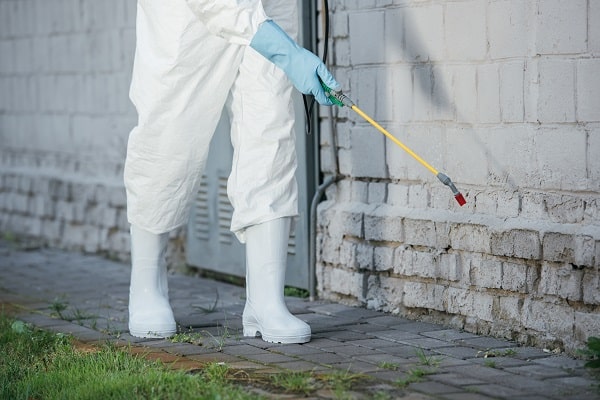
Chemical treatments are a common method for controlling termite populations. Termiticides, chemicals specifically designed to kill or repel termites, can be applied in the soil around a home or directly onto termite infestations. While effective, these treatments may have environmental implications and should be applied by professionals to ensure safety and effectiveness.
Keep in mind the use of these treatments should be part of a broader termite management strategy. Professional pest control services can provide guidance on the appropriate use of these treatments, ensuring they are a complement to, not a replacement for, preventative measures.
Non-Chemical Treatments
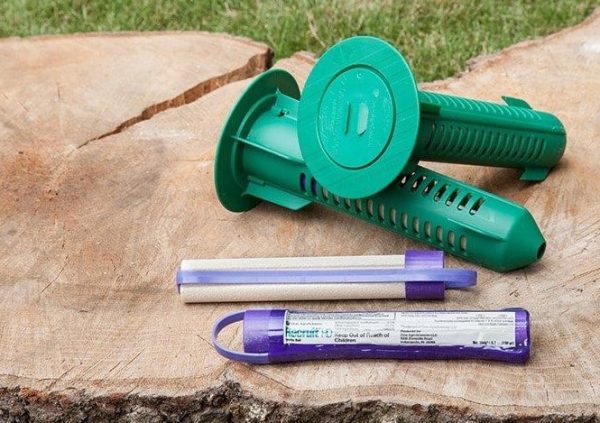
In addition to chemical treatments, there are natural and non-chemical methods for managing termites. These include baiting systems, which use a food source mixed with a slow-acting insecticide, and physical barriers preventing termites from entering a structure.
While these methods can be effective, they may not be sufficient for large or established termite colonies. In such cases, a combination of non-chemical and chemical treatments may be necessary. So before investing in any of these treatments, it is essential to consult a pest control professional for advice.
The Role Of Professional Pest Control
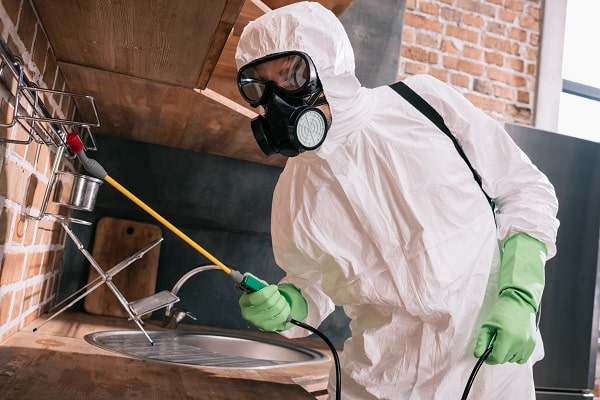
Professional pest control services play a vital role in termite management. They have the expertise to correctly identify termite species, assess the extent of the infestation, and recommend an effective treatment plan. Furthermore, professionals can provide regular inspections to catch infestations early before significant damage occurs.
Choosing a reliable pest control service is an essential part of guarding against termites. Look for companies with a good reputation, positive customer reviews, and a proven track record. Be sure to discuss what their service includes, such as the frequency of inspections and what types of treatments they offer.
Common Misconceptions About Termites
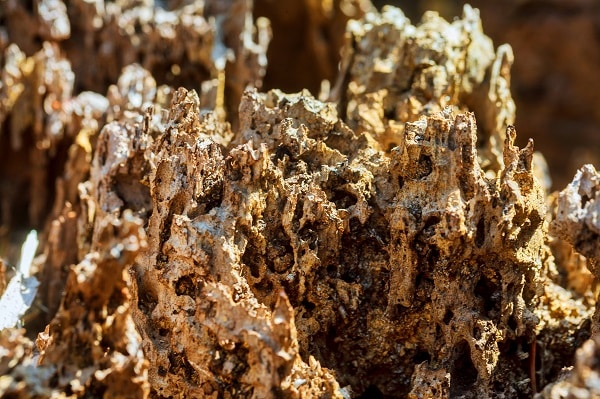
There are many myths about termites and termite control that can lead to ineffective management strategies. One such myth is that termites are only a problem in old or poorly maintained homes. In reality, termites can infest any structure where they find a food source, regardless of the building’s age or condition.
Another common misconception is that chemical treatments alone are sufficient to manage termites. While chemical treatments can be effective, they are best used in combination with other strategies, including physical barriers, regular inspections, and proper home maintenance. Relying solely on chemicals can lead to repeated infestations and increased damage over time.
Future Innovations In Termite Control

As the understanding of termites evolves, so too does the approach to managing them. Ongoing research and technological advancements promise new and more effective methods for termite control. These innovations could include more environmentally friendly treatments, improved baiting systems, and even the use of biological control agents such as fungi or nematodes.
While these technologies are still in development, they could significantly impact how we guard against termites in the future. For homeowners, this could mean more effective and sustainable termite control options. For the pest control industry, it could mean new tools and strategies for managing these destructive pests.
Start Guarding Against Termites!
Guarding against termites is a crucial aspect of home maintenance. By understanding termites, recognizing the signs of an infestation, and implementing effective prevention and treatment strategies, homeowners can protect their homes from these destructive pests. Don’t wait until it’s too late; take proactive steps today to safeguard your home against termites. And remember, with the help of a professional pest control service, termite infestations can be managed quickly and effectively.


